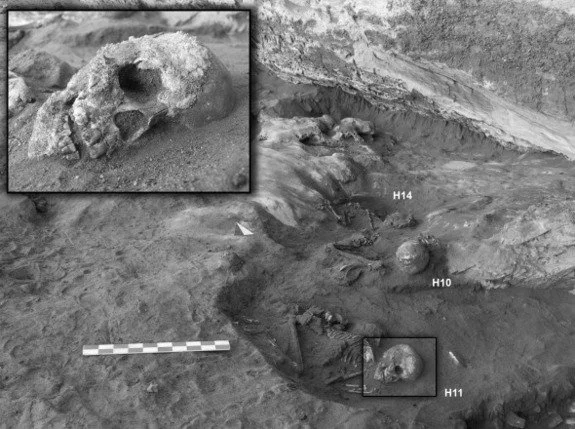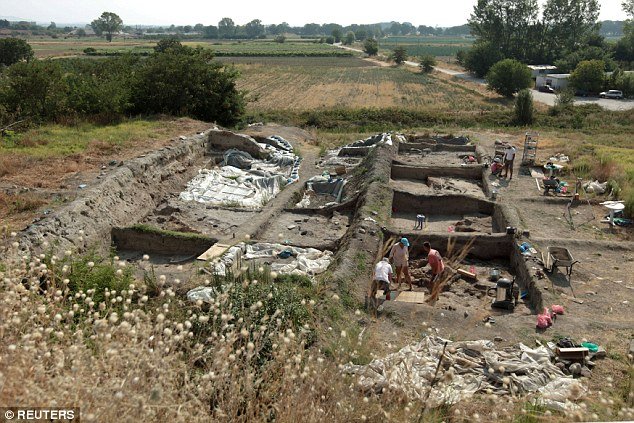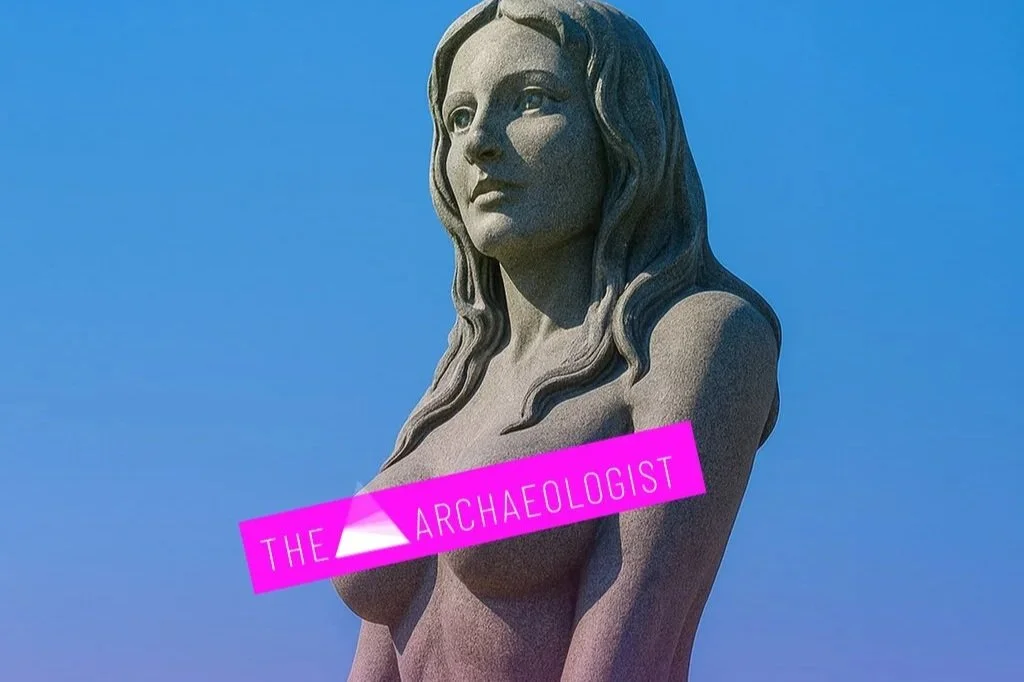In terms of Medieval mysteries, the lost kingdom of Rheinwg stands out. Referenced a dozen times throughout the surviving sources that we have, covering composition dates from the 11th to the 13th centuries, appearing in events all the way back in the 6th century to as late as the 16th, and yet, today we know almost nothing.
Hardly anything on the lost kingdom of Rheinwg has survived, and exactly no information on precisely where this missing medieval kingdom was located has survived either. This place left a mark on Welsh history, and the history of Wales, and indeed Britain, proceeded without it. Merely a century after one of it's last mentions, writers and historians were already beginning to forget the location of Rheinwg, and today I aim to reverse that.
In this video, we’re going to be examining all of the information we have on the lost kingdom of Rheinwg, we will seek to uncover its medieval records, examine what more contemporary historians believed, and finally look at what modern historians have theorised.













